How to Determine the Right PPE For Your Worksite
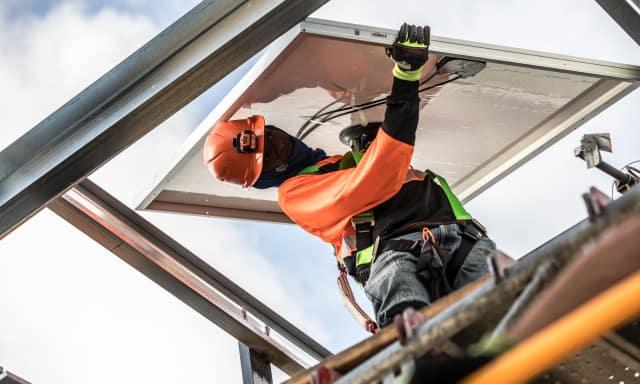
With ever-changing risks confronting workers daily, there is a constant challenge to keep them safe. New technology development is certainly crucial to the goal of zero injuries, but how does one take it all in, roll out a safety program and adapt that program amidst constant change? The first step is a better understanding of Personal Protective Equipment (PPE) and how it fits into the larger risk solution hierarchy.
WHAT IS PPE?
PPE. Personal. Protective. Equipment. But what does that really mean? PPE is safety work gear designed to protect you on and off the worksite. It’s bigger than hard hats, safety glasses and hi-vis clothing. It’s protective equipment specifically engineered for the heat and the cold, for working at heights and every stinkin’ place in between.
TYPES OF PPE:
HEAD PROTECTION
This is often the first thing that comes to mind (pun intended) when folks think of PPE on worksites. Hard hats, bump caps, safety helmets—all the good stuff that protects your noggin from life-altering damage due to falling objects, obstructive beams and everything in between.
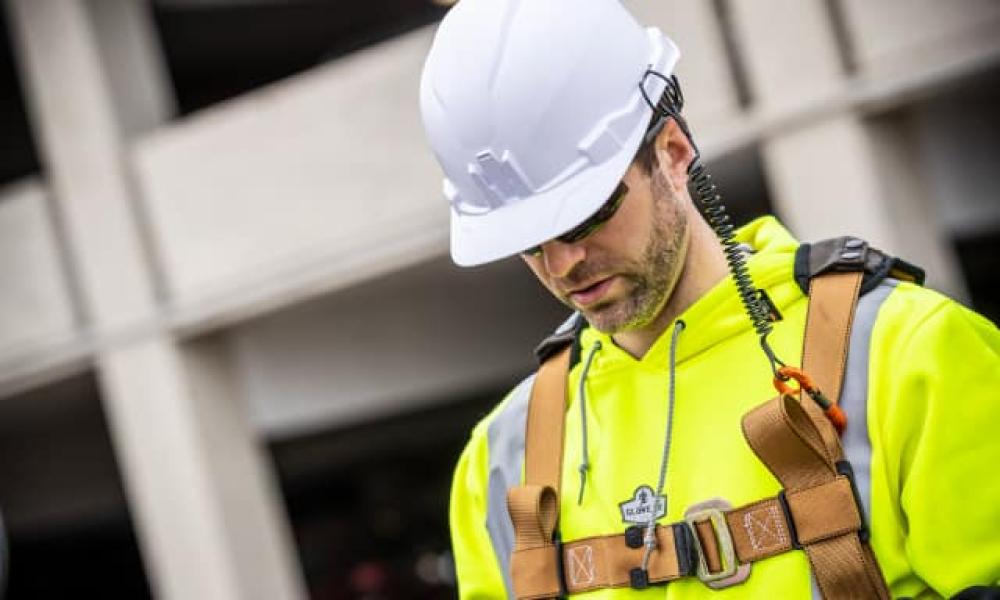
Dive Deeper into Head Protection:
EYE PROTECTION
“Carol never wore her safety goggles. Now she doesn’t need them.” Conjure up any memories of 6th grade science class? Protective eyewear comes in a variety of styles to suit a range of job functions and wear preferences, from safety glasses with advanced lens technologies to more heavy-duty safety shields designed to shield workers from hazards like welders flash.
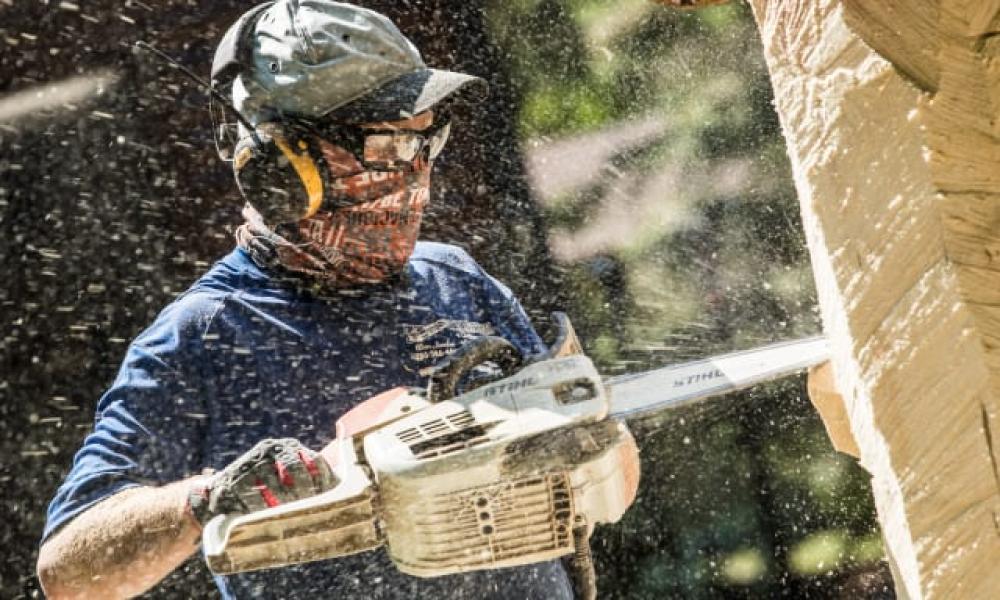
Dive Deeper into Eye Protection:
HAND PROTECTION
We’re all about the glove love—and for good reason. The right pair of work gloves can protect the front, back and sides of your hands from lifelong damage caused by cuts, frostbite, vibrations, impact and fire hazards. A good pair will also save you from the everyday nuisance of pesky blisters so, yeah, sign us up.

Dive Deeper into Hand Protection:
- Your Guide to Choosing the Best Winter Work Gloves
- ANSI 105 & EN 388: Cut-Resistant Glove Standards Explained
FACE PROTECTION & BODY PROTECTION
This one is essentially a catch-all for everything else. Face and body PPE runs the gamut with high-visibility apparel, fall protection harnesses, clothing and headwear for managing the elements (extreme heat, cold, wind, rain, dust, ice, etc.), sunscreen, knee pads, joint supports, respirators... the list goes on and on.
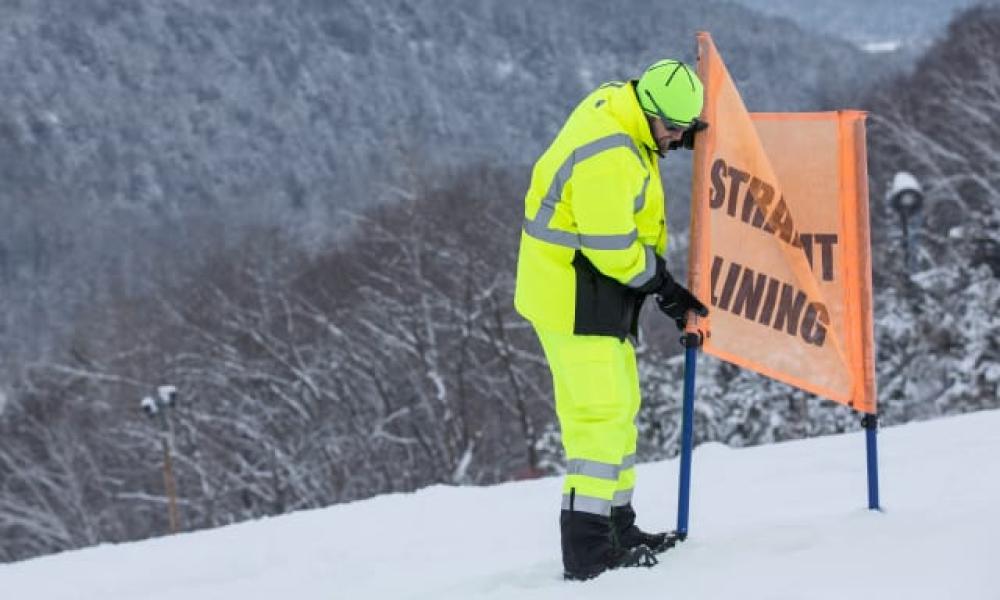
Dive Deeper into Face Protection & Body Protection:
- Sun Protection 101: A Complete Guide to Skin Damage Prevention
- Understanding Hi-Vis Standards and the Importance of Replacing High Visibility Apparel
- Choosing the Right Knee Pads for Work
DO I NEED PPE?: CONSULTING THE RISK SOLUTION HIERARCHY
The short answer is yes. Every worksite is probably going to have some amount of PPE required. And, even if it’s not required, some of it might just make the job more comfortable. That said, PPE is the fifth and final safeguard within the risk solution hierarchy—a sequence of controls safety professionals should follow when implementing risk solutions. The sequence goes like this: Eliminate, Substitute, Engineering, Administrative and PPE. While there is a hierarchy, safety managers need to remember these controls are not mutually exclusive—the most effective plans are often a combination of all five.

ELIMINATION & SUBSTITUTION
The most effective control is eliminating the risk altogether and replacing it with a safer solution. Let’s say a worker is at risk of falling when changing light bulbs at heights. Removing that particular light would be elimination, and replacing it with a skylight or a bulb lower to the ground would be substitution. Problem solved.
ENGINEERING & ADMINISTRATIVE CONTROLS
If elimination or substitution aren’t viable options, one must look at adjusting engineering and administrative controls.
The key to Engineering Controls is prevention—finding a way to isolate the workers from the hazard. In the light bulb example, a telescoping pole might be used to enable the worker to safely replace the bulb from the ground. This is an active control, meaning the worker must actively engage with the solution to complete the job. A passive engineering control, such as installing a perimeter net, would not require the worker to make any changes.
Administrative Controls are educational measures and policies intended to improve jobsite safety by changing worker habits. Increased awareness on the importance of dropped object safety is one of the most crucial (and easy) preventative measures. These controls can be implemented in a variety of ways, such as safety signs, training, improved procedures and even barricading/directing certain areas of the worksite. In our light bulb example, the control might be teaching the worker to use three points of contact when climbing up to change the light.
But again, it’s not always an either-or fix when it comes to administrative or engineering controls. Ensuring the safest possible job execution often involves multiple controls for the same risk.
PERSONAL PROTECTIVE EQUIPMENT: THE LAST LINE OF DEFENSE
When all else fails, PPE. In the lightbulb example, PPE would be secondary safety equipment that deflects falling objects or minimizes damage upon impact with the worker. A hard hat is the most important and obvious protective measure in this conversation, and other examples include steel toe boots, safety glasses and work gloves with dorsal impact protection.
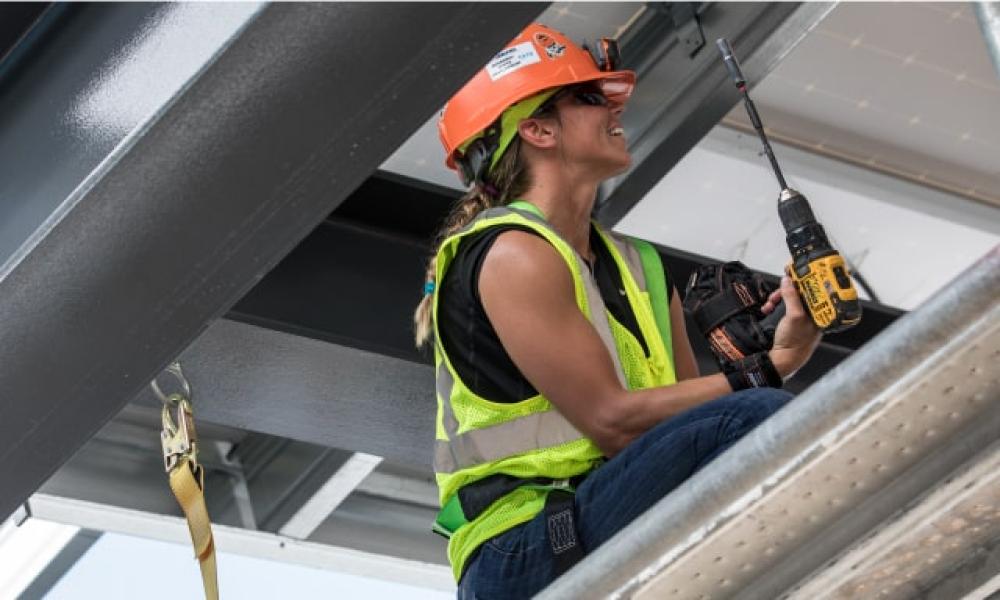
Determining the necessary safety gear for your worksite shouldn’t be a game of guess and check. As the last line of defense, proper selection and deployment of PPE can be the difference between sending an employee home or to the hospital. Examining the task at hand through the lens of the risk solution hierarchy is an integral step in deciphering the controls and PPE needed to operate your worksite as safely as possible.
LEARN MORE
We know we just dropped a lot of knowledge on you but, if you’re interested in expanding your intellectual horizons even further, there’s plenty more where that came from.
Tenacious Blog
Check out the rest of our Tenacious Blog for the latest on industry safety topics, regulations, trends and more.
Email Sign Up
Sign up to get cutting-edge PPE innovation and expertise sent directly to your inbox.

